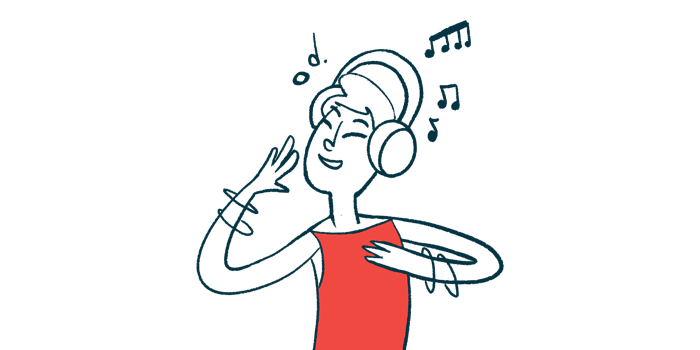Iowa researchers use music, movement for Parkinson’s patients
Physical exercise has been shown to ease the disease's motor symptoms

Researchers at Iowa State University are exploring the benefits of music and dance, along with other activities, for people with Parkinson’s disease.
Studies have shown that regular physical exercise can ease Parkinson’s motor symptoms, and that dancing may improve or slow the advancement of both motor and nonmotor symptoms.
Elizabeth Stegemöller, an assistant professor in kinesiology and a music therapist with a doctorate in neuroscience, is looking at how music therapy helps with movement in Parkinson’s and modulates brain activity. Her research has shown that music training can improve swallowing problems, which may at some point affect up to 80% of Parkinson’s patients, along with respiratory function.
The progressive neurodegenerative disorder is marked by motor problems including muscle rigidity, tremor, and impaired balance and gait. Nonmotor symptoms can include depression, fatigue, cognitive impairment, and other issues.
Stegemöller’s efforts have led to three outreach programs in Ames, where Iowa State is located. Singing, boxing, and dance groups meet weekly for an hour and are led by Stegemöller and eight student volunteers. Participants engage in activities such as guided breathing, movement, and vocals.
By engaging with music, whether it is dance or singing, we are hopefully increasing dopamine in the brain.
Sitting at a grand piano, Stegemöller directs participants to sing and move around.
“By engaging with music, whether it is dance or singing, we are hopefully increasing dopamine in the brain,” Stegemöller said in an Iowa State Daily article. In Parkinson’s, a decrease in dopamine levels, resulting from the loss of dopaminergic neurons, leads to hallmark motor symptoms.
Song and dance as research
Stegemöller’s programs started in 2013 with the award of a collaborative research grant for singing programs.
“We had about eight people that came that were part of the grant,” Stegemöller said. “They came and sang weekly and then we just kept going after that.”
Ann Smiley-Oyen, an associate professor in kinesiology at Iowa State, focuses on the brain’s contribution to movement. She’s studied the benefits of musical beats and cues on patients’ movements. She’s also taught ballroom dancing, which she integrated into outreach events for patients and undergraduate research students.
Neurons that fire in synchrony together, wire together — our brains literally need rhythm to connect.
“When we were doing the ballroom dance, they would dance with undergrads — something really fun that they enjoyed,” said Smiley-Owen, PhD. “The primary reason for using dance is because it helps persons with Parkinson’s disease move within a beat, and they have to change direction and remember steps,” she said.
Crystal Jewell studies neuroscience and psychology at Iowa State, particularly the neural and psychological bases of mindfulness, the deliberate awareness of present emotions and environment. She said because some patients are resistant to medications, exploring other approaches may yield insights.
“[This] is what we search for alternative treatments that holistically and endogenously, or internally without the help of a drug, promote neuroplasticity by increasing dopamine release, such as in music and dancing,” said Jewell, who also co-teaches virtual yoga classes for Parkinson’s patients. “Neurons that fire in synchrony together, wire together — our brains literally need rhythm to connect. We’ve all experienced the strange effect rhythm has on our bodies when we unconsciously begin walking to the beat of music playing in the background.”







